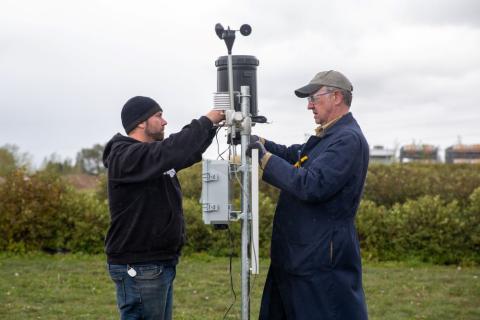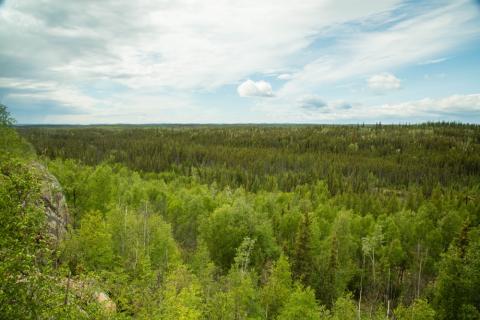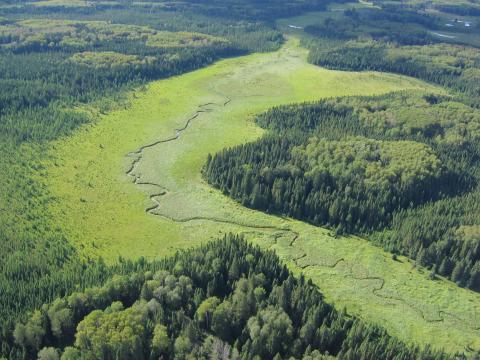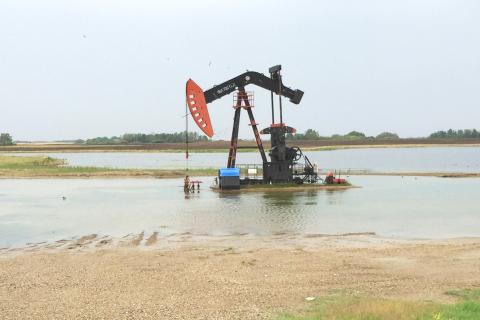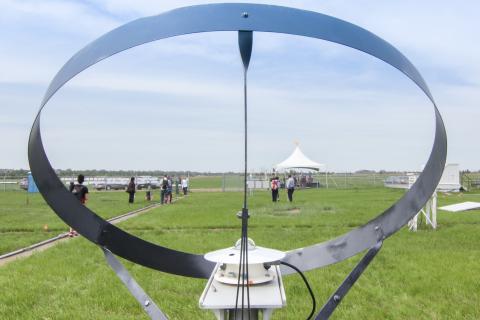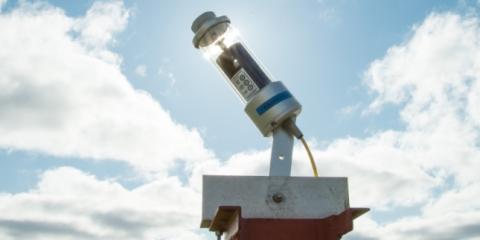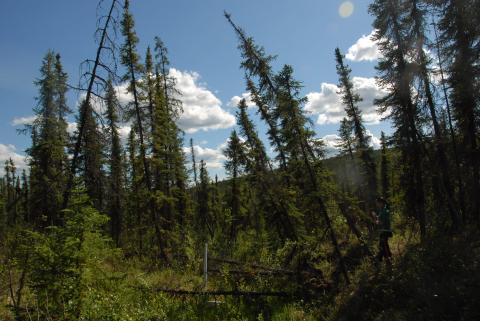SRC's Climate Services team installed a weather station at Black Fox Farm and Distillery, which provides Black Fox's owners accurate weather data for their business. Learn more about the weather station and SRC's nearly sixty-year history tracking Saskatchewan's changing climate.
Climate change is affecting Canada’s forests to a greater extent than other parts of the globe. A climate change vulnerability assessment is currently underway in Saskatchewan and Manitoba with the goal of identifying what climate change will look like in the boreal forest and how to reduce its impacts.
We know that wetlands, both in Canada and globally, store huge amounts of carbon. While we understand it’s important to store carbon, reduce CO2 emissions and mitigate climate change, we’re also aware that we need a greater understanding of how best to measure the carbon stored in wetlands.
In a recent case study, we examined historic and future climate extremes and variability in the Souris River Watershed that are impacting the energy sector. Find out how the energy sector has responded to extreme climate events and what future adaptation actions the they can implement to capitalize on potential opportunities and to reduce risks in a changing climate.
Four seasons. One climate reference station to record them all. Find out how Saskatoon fared in the rain, snow, wind, sun and frost in 2014.
Saskatchewan, despite its long winters (or what feels like winters that won’t end) is the sunniest province in Canada. The ability to measure and quantify that fact is important for industries in which weather plays a factor in planning and revenue. At our Climate Reference Stations, we use a sunshine duration sensor to help document Saskatchewan’s brightest attribute.
Canada’s massive expanse of boreal forest – three million square kilometers – is undergoing a serious transformation due to climate change. A group of Canadian forest scientists is investigating the impacts and published its findings.
